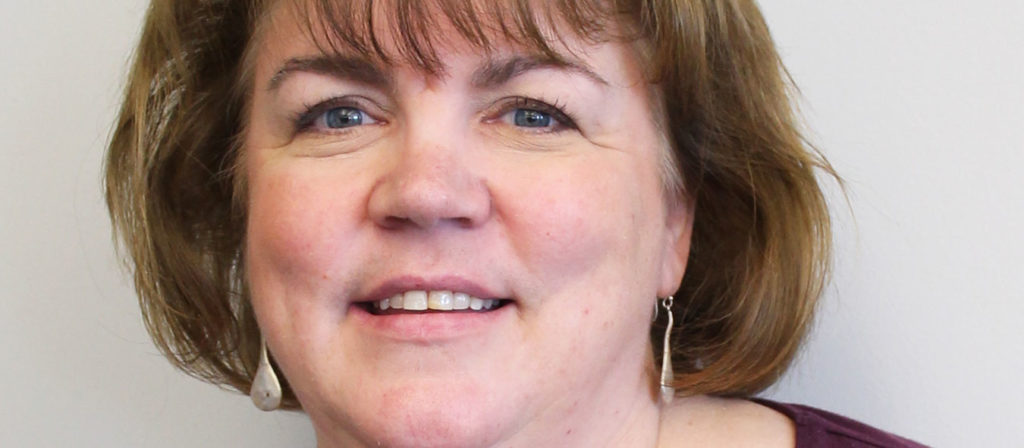When samples from the Mars 2020 expedition eventually make their way to Earth, the scientists of tomorrow will have a Mountaineer to thank.
West Virginia University geologist Kathy Benison is representing the Mountain State as one of 10 scientists selected as a Return Sample Selection Participating Scientist for NASA’s Mars 2020 expedition. She is responsible for helping to select the rocks and sediments that will be gathered, or cached, by the Mars 2020 rover.
“I am really excited about the possibility of picking out the rocks that come back. This is something I’ve always been interested in,” Benison said. “There’s some people who want to go to Mars – they want to be the astronaut. That’s not my dream. I want to see rocks come back.”
NASA’s Mars 2020 expedition has four objectives: looking for habitability, identifying signs of life, caching any materials that look promising and preparing Mars for humans.
Benison will use her expertise researching environments similar to Mars to contribute to the first three objectives.
“I’m going to help identify the rocks that seem promising, look for materials with signatures that indicate life may have been present and make recommendations about which rocks should be cached,” Benison said. “Our job is to analyze the overall science to determine what samples should be brought back and make those recommendations.”
She will travel to Cape Canaveral, Florida, for the Mars 2020 mission’s launch on July 17, 2020.
In preparation for the launch, Benison will be a part of the team that tests the Mars rover prototype in the southwest U.S. desert. NASA has identified a secret location that has terrain similar to what they could find on Mars.
“It’s a practice run, so they don’t want us to know where. We will look remotely from our desks to see what the rover is seeing from a distance, then make interpretations,” Benison said. “Once we do that, we’ll go to the secret spot and see what we got wrong. We actually get to go and look at the rocks, and that gives us an idea of what it will be like to work with the rover when it’s on Mars for real.”
The rover is expected to land on Mars on Feb. 18, 2021. That is when the search begins. Benison and the other sample scientists will call NASA’s Jet Propulsion Lab in Pasadena, California, home during this time.
“NASA anticipates the rover will be on Mars for one Martian year, which is equivalent to two earth years. It will be constantly looking,” Benison said. “I don’t have to be in Pasadena for the whole two years, but there will be times when I am spending extended periods of time there working with the other scientists.”
To meet weight specifications for a future return expedition, the rover can only collect up to 30 rocks no larger than 0.5 ounces.
“Those specifications are really difficult for a field geologist,” Benison said. “It is a tiny amount of rock to bring back. When they think about bringing the samples back to earth, every ounce makes a difference with the engineering of getting the rocks back safely to Earth.”
The rocks will be stored in a secure container on Mars until a future Mars rover expedition can return them to Earth.
“When the rocks come back, I want to be one of the people to examine them,” Benison said. “But, who knows when they will come back, though. So, I’ve been telling my graduate students that they need to learn this stuff so that they can be some of the scientists who get to do that in the future.”
Benison’s travel and work on the project is supported by a five-year, $289,773 award from NASA.
Originally from Katlin Swisher for WVU Today.
